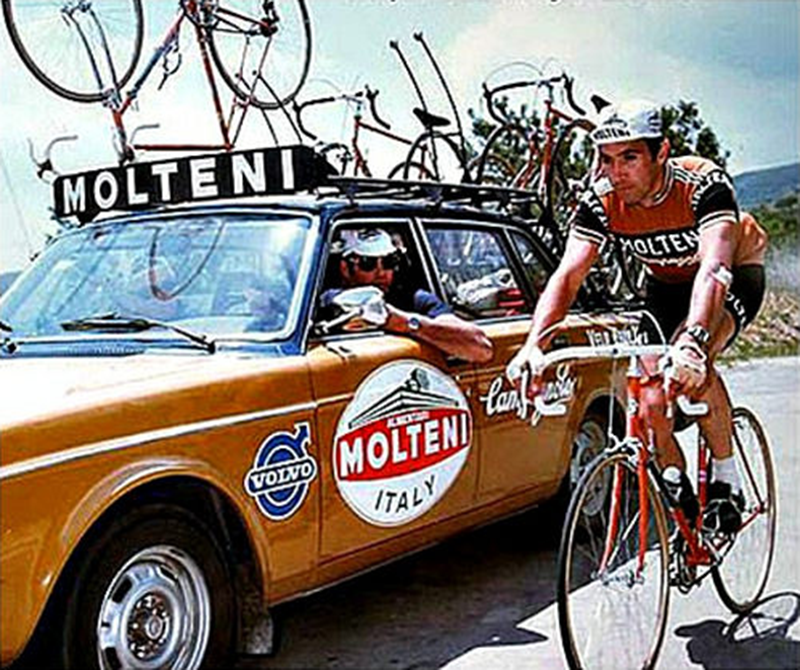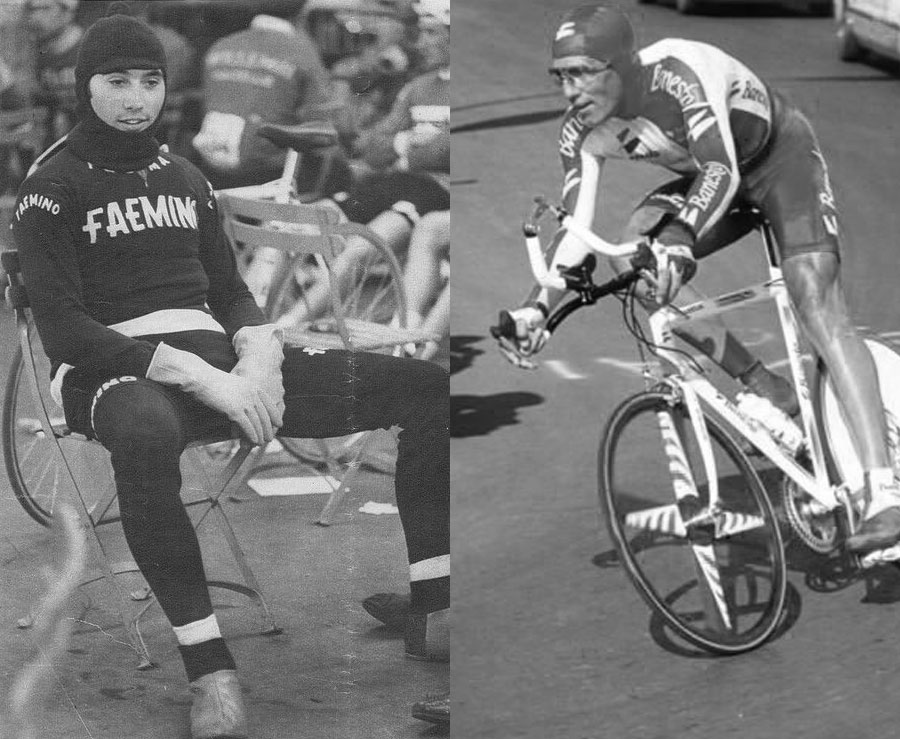The Marine Layer

Summer has been really slow to come to Seattle this year. I suppose that’s what comes with living in a coastal region, especially one with a convergence zone like Puget Sound has.
As summer approaches, so does the Marine layer. Marine layers are actually a good thing for the world and serve an important purpose. Particularly if you happen to be a slug or worm or a hunk of moss. The benefits are less pronounced for humans, especially those who hold themselves to strict weather conditions under which certain bikes are permitted to hit the streets.
Which brings me to my point. Rule #12 states the following:
The minimum number of bikes one should own is three. The correct number is
n+1, wherenis the number of bikes currently owned. This equation may also be re-written ass-1, wheresis the number of bikes owned that would result in separation from your partner.
The part of the Rule around owning as many bikes as possible without suffering separation from your dearly beloved partner requires very little explanation – if any at all – and I’ll spare you the discussion on that topic. What may be less obvious is why the minimum number of bikes is set precisely at three. It comes down to having three steeds for the three most common weather conditions we find ourselves in during training: dry weather, mixed wet and dry, and wet. Lets review in more detail, starting with Bike #3:
Bike #3: Rain Bike
Intended Purpose: Riding in the Rain
Justification: Riding any bike in the rain is tough on the bike for a number of reasons; risk of crashing is higher, brake pads wear more quickly, chains get gunked up, dirt gets in between the components and their bearings, nuts, washers, and hub flanges, which all increase wear and tear in addition to causing trouble with the Principle of Silence. In the long run, a bike that’s never seen rain will generally work better than one that has. Also, riding in the rain may require the use of flasher lights and fenders, and we definitely don’t want to be adding fenders or flashers to our best bikes. Ideally, the Rain Bike would also be built up with affordable components such that when parts wear out, they can be replaced easily.
Bike #2: Mixed Weather Bike
Intended Purpose: Riding in Mixed Dry and Wet Weather
Justification: It’s not always wet (or dry) throughout a ride, which makes riding a bike that has fenders and lights affixed to them a nuisance. But, if the weather is variable, you may also not want to ride your best bike. Bike #2 is reserved for these conditions; it is generally built up with better kit than Bike #3, but not the top-notch stuff that graces our best bike. Should it begin to rain, the additional wear is acceptable, but the bike is also good enough that the ride is thoroughly enjoyable should the roads stay dry and you don’t have to rue the choice to leave Bike #1 in the stable.
Bike #1: Good Weather Bike
Intended Purpose: Riding in Good, Dry Conditions
Justification: Number One Bike should be looked after more carefully than your first child and any pets you may have. This is the one you spent 17 hours searching eBay for the out-of-production stem you wanted; the one you went into debt for to get the carbon-railed saddle instead of the lowly titanium model. This is the one that gets rubbed down with a diaper after every ride. Not only does this bike never see the rain, hopefully it does not come in contact with overly humid air. It is not ridden on dirt roads, it is not ridden on gravel. Try not to look at it sideways or speak near it with a raised voice.
Choosing the bike for the day can be a bit tricky. Personally, I rarely trust a weather forecast, especially here in the Pacific Northwest where even the meteorologist will admit something to the effect of, “Well, I don’t know what the weather will be, folks. One of three things will happen: it will be sunny, or cloudy, or it might rain”. That being less than helpful, I generally study the skies and make a best guess at what might happen over the course of the day in order to ascertain which bike I will choose for my ride.
Some cases are easier than others. For instance, say it’s pouring rain outside and the skies are rough and dark. Obviously, this is a case for Rain Bike. Gray skies, no sun, air feels wet and out comes Bike #2. Sun is out, birds are chirping and the kids down the street are making me crazy with their cheerful squeaks and screams, and it’s a day for Bike #1. But this Marine Layer we’ve been experiencing here is a tough nut to crack. In the morning, I can’t tell if it’s overcast or if it’s all just going to burn off in a few hours to reveal a gorgeous blue sky. I’ve been caught out twice already, and I’m not eager to make it a third.
Damn this Marine Layer.

